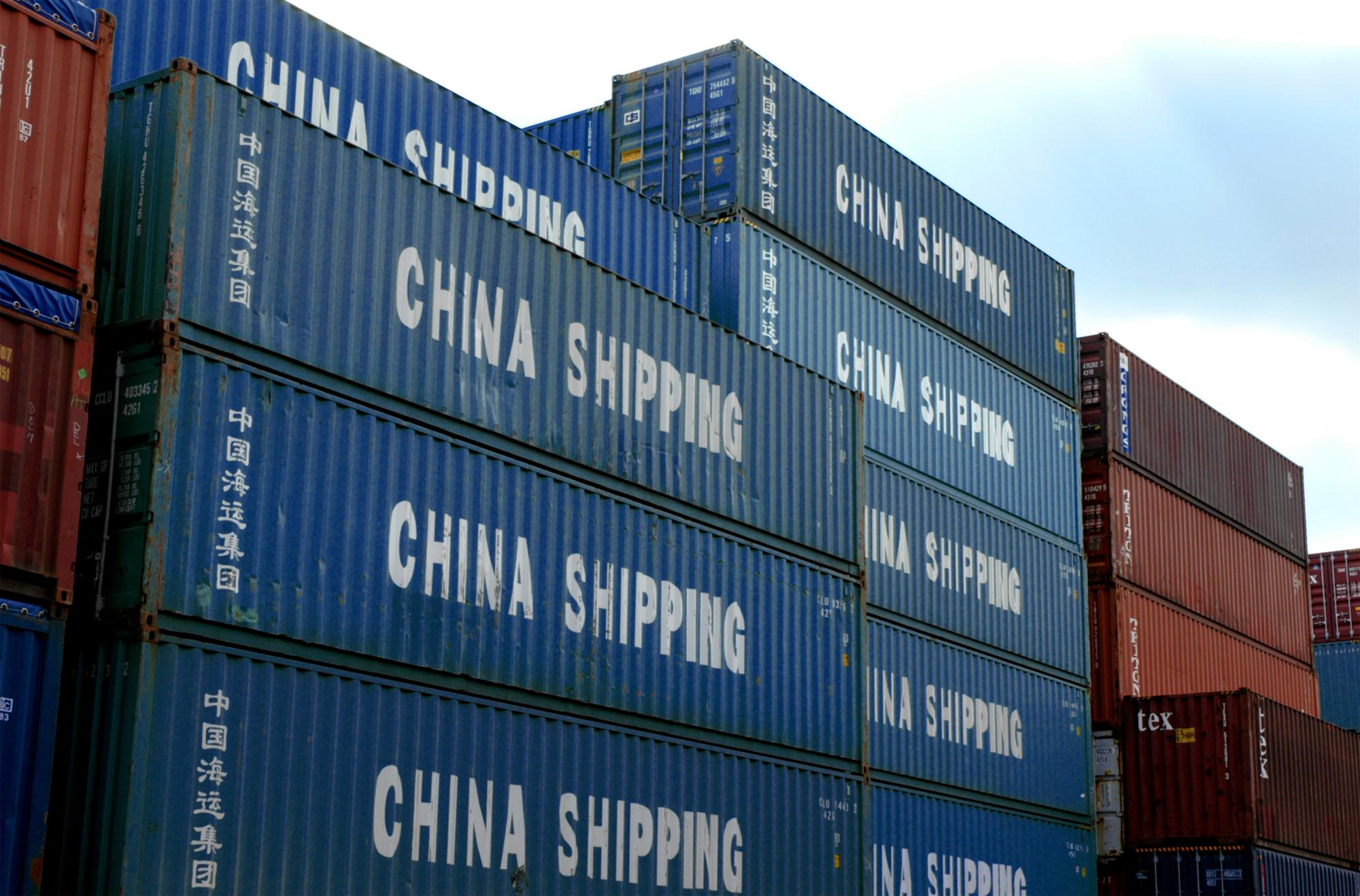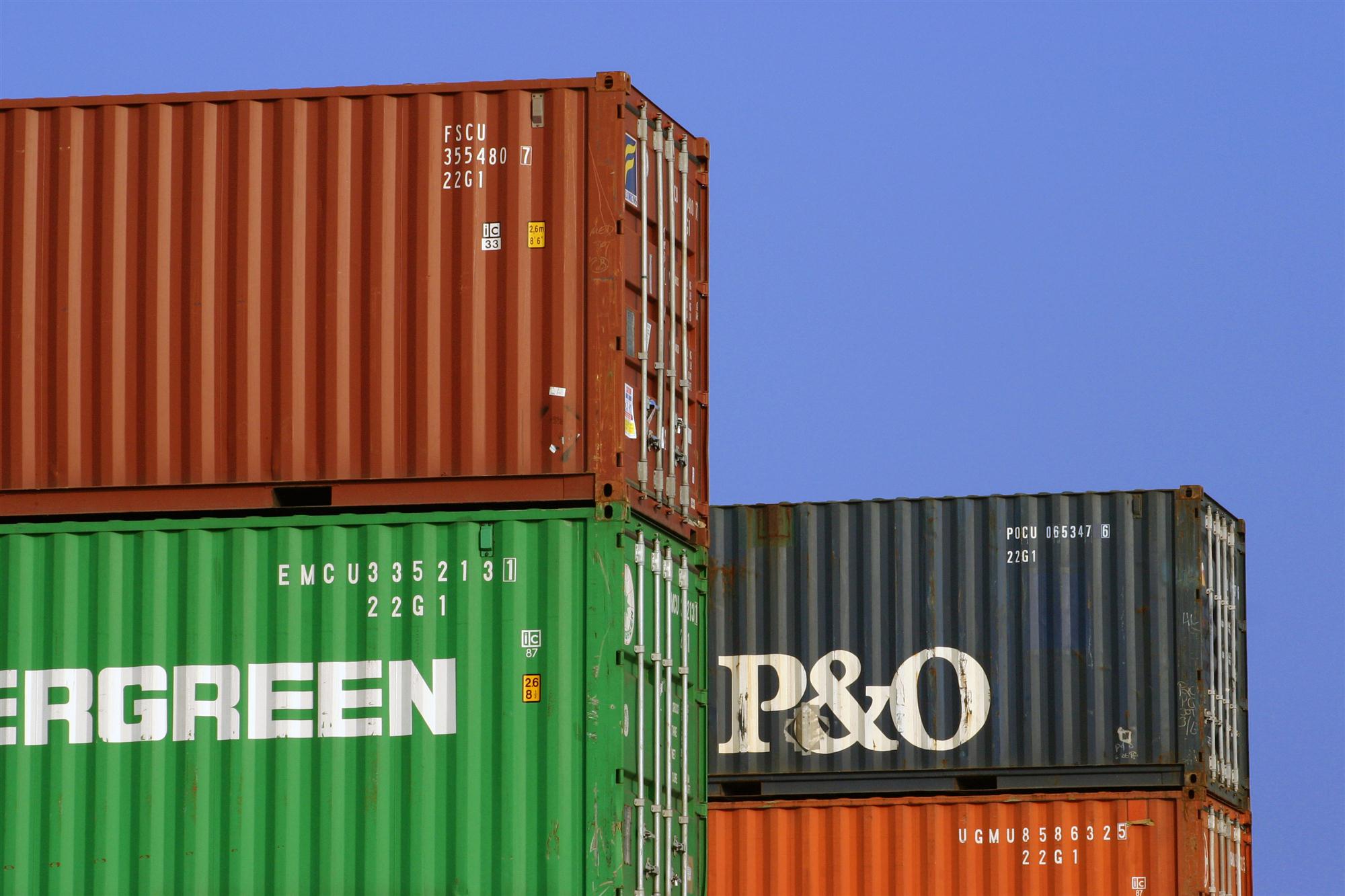The shipping industry within Asia has not escaped the effects of China’s economic slowdown, with growth rates far below those of 2014. But players in this market are largely unfazed and are positive as to the region’s performance in the months to come.
A spokesperson for APL says that in the third quarter of 2015, slower growth and an influx of capacity were observed in the shortsea market between North and Southeast Asia, as well as in the Oceania and New Zealand sectors.
Tim Wickmann, chief executive officer of Maersk’s Singapore-based intra-Asia operator MCC Transport, also says that 2015 has been “a challenging year” for the carrier. “Overall, growth on the intra-Asia trade has been lower than expected this year due to overcapacity and low freight rates,” he says. “Markets in Southeast Asia are still growing above average, but growth has been down for North Asia.”
Meanwhile, in the same time period, OOCL carried approximately 769,000 TEUs in the intra-Asia/Australasia market, according to its quarterly operational update. This was a 4.6% year-on-year increase. In the first nine months of 2015, OOCL carried a total of approximately 2,249,000 TEUs on these services, a growth of 1.3%.
 OOCL believes that, with the changing nature of the Chinese economy, there is cause for optimism, particularly with regard to specialty services such as refrigerated containers.
OOCL believes that, with the changing nature of the Chinese economy, there is cause for optimism, particularly with regard to specialty services such as refrigerated containers.
“Many industries and businesses, big and small, continue to look towards China for new opportunities, especially in the country’s drive to boost domestic consumption that has attracted a lot of attention from retailers and brand owners wanting to introduce their products and services to Chinese consumers,” says Stephen Ng, director of trades at OOCL. “With the rise of affluent middle-class consumers demanding higher-quality goods and more sophisticated perishable commodities in China, we expect growing opportunities in providing our reefer expertise and services in this trade.”
But for APL, this particular segment of the industry isn’t projected to be a major component of the growth of its intra-Asia business.
“The reefer volume is small compared to the overall dry-container volume in the market,” says the APL spokesperson. “Nonetheless, the reefer trade is expected to register good growth within ASEAN as well as China, given the freeing-up of trades in these regions.”
A recurring problem around the world is a surplus of capacity, which is causing freight rates in many intra-Asia corridors to remain under pressure.
“The typical workhorse for intra-Asia trade is around 1,000 to 2,000 TEUs, but there is an increasing trend of bigger ships and more of them – around 4,000 to 5,000 TEUs, for example – being deployed on intra-Asia trade, which is contributing to the overcapacity challenge,” says Wickmann. “Inadequate port capacity and related infrastructure is another big challenge to intra-Asia trade growth. Many ports in Asia are close to their maximum capacity and are not developing fast enough to cater for the growth in intra-Asia trade.”
In the months ahead, shipping lines will have their work cut out for them in addressing the problems that they have faced.
“Operating in an environment with oversupply and lacklustre demand in the world market, companies will continue to focus on and be challenged by the task of leaving no stones unturned to better manage cost and finding further efficiencies in the business operation,” says Ng.
APL is anticipating intra-Asia trade to grow at a slower pace caused by a number of factors, including an increasing pool of ships as charter rates fall and the cascading effect of larger vessels that will inject more capacity into this trade.
The drivers of intra-Asia trade growth are varied. Some of the things that will influence the prospects for the corridor, according to APL, will be the health of the world economy, the economic and trade cooperation between emerging and developing economies, and the fact that China is moving from export-driven growth to a consumption-based economic model.
 The three shipping lines aren’t particularly worried about the future of the intra-Asia shipping market.
The three shipping lines aren’t particularly worried about the future of the intra-Asia shipping market.
“Despite the current short-term challenges, intra-Asia remains one of the most significant and largest trade markets,” says the APL spokesperson. “It is expected that we will see growth in most sectors in the long term, particularly in Southeast Asia, the Indian subcontinent and the Middle East, in addition to China.”
MCC’s latest estimates predict that intra-Asia trade has grown by about 3% in 2015. “We remain positive on the prospects of intra-Asia trade, which is already the single largest trade in the world, and we estimate that around one in four of total global container movements is intra-Asia cargo,” says Wickmann. “Intra-Asia trade is seeing faster growth than some of the main-haul trades. There are a number of drivers for further growth, such as increased sourcing from different parts of Asia, rising income levels and, consequently, consumption amongst Asian consumers, and more trade agreements like the TPP and the Vietnam-EU Free Trade Agreement.”
While OOCL is excited about the Trans-Pacific Partnership, the carrier is also remaining cautiously optimistic for now.
“We believe there is much to look forward to in the TPP that aims to stimulate trade at a time when the industry needs it most,” says Ng. “We understand that full details from the TPP deal have yet to come forth while participating countries continue to work on ratifying their respective TPP-related policies in government. As such, it is too early to tell how and to what extent the intra-Asia trade will be shaped as a result of those policies.”
By Jeffrey Lee
Asia Cargo News | Hong Kong




